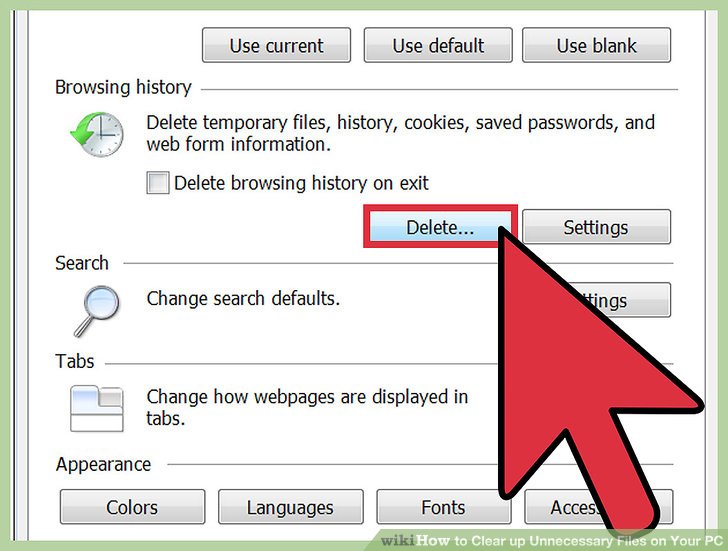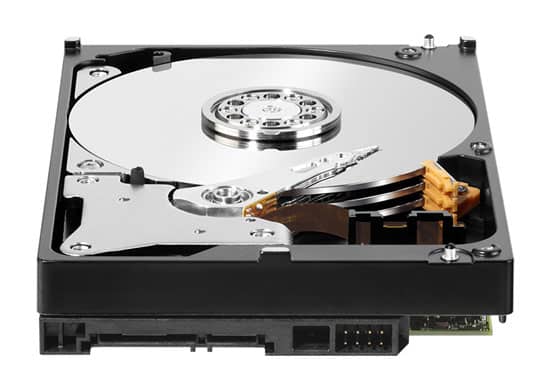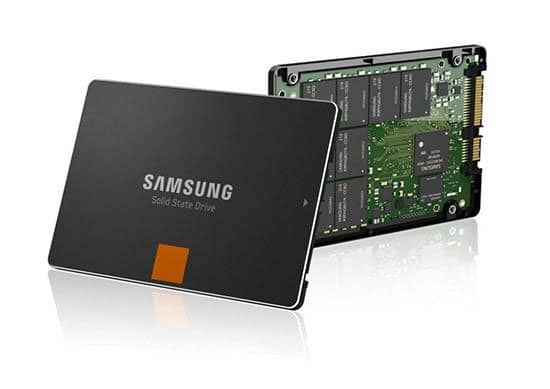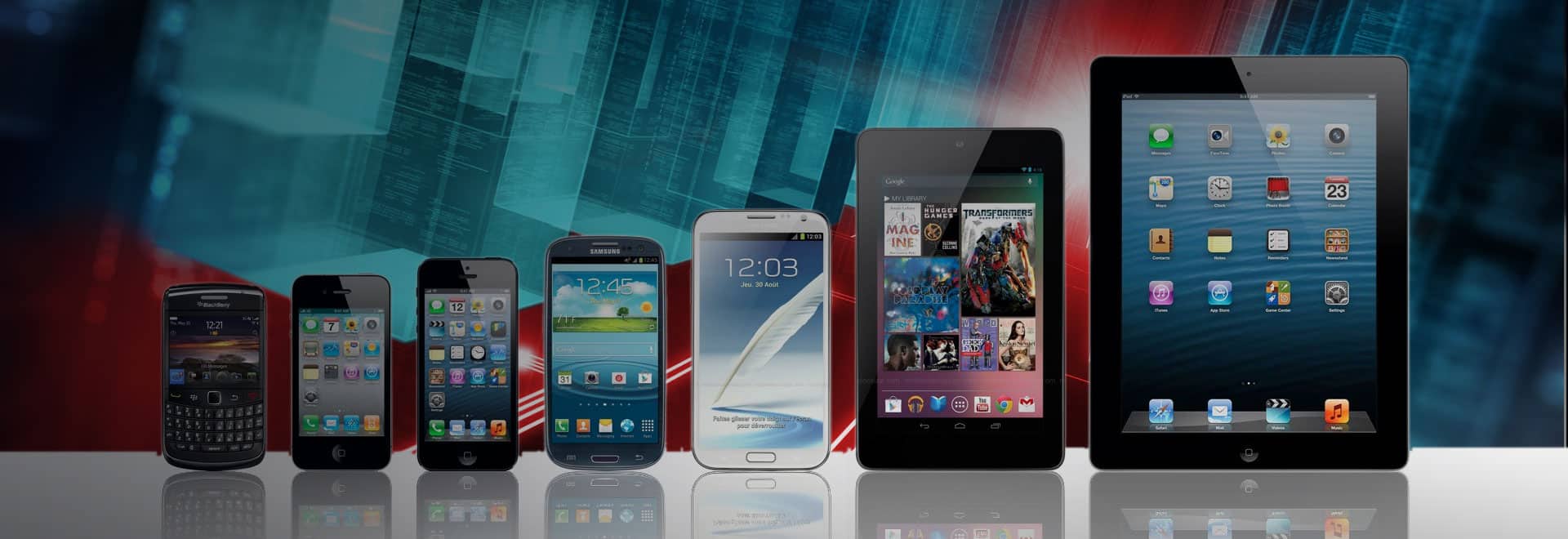Are Files Really Gone?
While most phones, computers, and other devices list the option of deleting files and other forms of data, in many cases, the erasure process is not that simple. How can you be sure that the data was actually permanently erased?
The world that we live in puts us all at risk of having information taken or misused through the work of cyber-criminals, viruses, and other forms of malware. Sensitive or confidential information needs to be handled with the proper care to make sure that it is completely erased when you need it to be. If you are concerned about whether your data or your business’s data has been deleted, you should consider a data erasure verification service.
How It Works:
Data Erasure Process
To begin with, let’s take a look at how data erasure works. When you delete a file or other information from your device, the internal software works to destroy data by overwriting its code. Through the use of ones and zeros, data is overwritten and considered unrecoverable.
When you need to erase data, you have to go beyond the standard file deletion commands. Using delete or sending items to the trash on your device does not actually delete the file but instead removes the direct pointers to the data itself. This will make data recovery possible again through the use of standard software tools.
Therefore, if you are intending to erase data entirely, you have to go beyond the standard delete package that came with your device and use data erasure software.
Why Deleted Files are not Erased Permanently
You might be wondering why files and data that you have deleted are not actually deleted from your memory cards or smart device. This is because when you delete something, the device just deletes the pointers that lead there. Then, the space that the information took up is considered “free space” by the device and is then put at risk for being overwritten by new data. But unless you are going to completely take up all of the free space on your hard drive; it is unlikely that these files will be overwritten with new data any time soon.
It really depends on the capacity of the storage device and how quickly you go through its capacity. If it is something substantial, say more than 10 GB, the space can be overwritten pretty quickly. If it is a smaller amount of data, such as a few MB, it may take substantially longer to be overwritten and permanently deleted. This can be useful if you have accidentally deleted something and wish to recover it, but it will not guarantee that data is permanently deleted.
Devices that Require Erasure Verification
If you have any type of storage device that contains files or other data, you should consider having an erasure verification performed for your own security. These types of devices include:
HDD
A hard disk drive, or HDD, is a fixed type of data storage that will store data within your computer or other device. It is the built-in, non-removable memory storage.
This is a common place to have personal information stored, which makes erasure verification all the more important for your own security when you need to remove sensitive data.
SSD
A solid state drive, or SSD, is a type of storage that is used instead of HDD because they are much faster. They still hold onto information the same way that a HDD does.
Like a HDD, you might have sensitive or confidential information contained in storage that will you need to make sure has been safely cleared when deleted.
Smart Devices
You might be thinking that your cell phone is a smart device, and you are right, but there are other types of smart devices as well. A smart device is an electronic device that can connect to your Wi-Fi, Bluetooth, and even a cellular network, which means it isn’t limited to cell phones. Many of these devices have both an internal storage and an external storage. The external is usually a micro SD card and the internal will more reflect a HDD. These devices naturally contain a lot of information on them, some of which might be what you would consider sensitive, making erasure verification critical when you purge information.
Sanitation: NIST Regulations
If you are wondering what NIST is and why their guidelines matter, we have the answer for you. NIST is the National Institute of Standards and Technology. It is an organization in place to help advance science and technology, which also means how it should be protected.
In terms of data erasure, the NIST provides guidelines for media sanitisation. Clearing media, such as storage devices, is essential in the protection of information. You can find the full guidelines here, on the NIST website.
What is an Erasure Verification Service?
DriveSavers offers erasure verification services to give you the peace of mind of knowing that any sensitive information has been cleared out. Our team of experts do this through a process of data recovery, seeing what information pertaining to the files and other data can be retrieved. If the deleted data can be recovered, the data was not properly erased and needs to be. If we cannot retrieve the data, then it has been verified to being erased. We always follow the NIST guidelines for media sanitisation, providing confidence that what you needed to have permanently erased has been.
Data Erasure Verification Service Levels
There are actually two levels of erasure verification that DriveSavers offers:
Level 1: Clear
A Level 1 service verifies that a device has been securely erased and confirms that there is no data that can be recovered when accessed through the device’s data interface. This follows the NIST guidelines for media sanitisation.
A letter of certification will be created either for each individual device or as a single document, listing all of the devices stating that DriveSavers has verified that no data is recoverable using our advanced recovery techniques going through the device’s data interface.
Level 2: Purge
Looking at a Level 2 erasure verification, you must first understand that this service pertains to solid state devices only. It works by removing the NAND Flash memory chips and reading the raw data of the memory without the controller. It will also attempt to verify if any previously written user data still resides on the device, also following the guidelines provided by NIST for media sanitisation.
A report will be created stating that DriveSavers has verified that no data is recoverable using our advanced recovery techniques via raw data extraction from the individual memory chips. In terms of HDD, SSD, and smart devices, our Level 1 erasure verification level would be the most appropriate, making sure that there is no traceable remaining data.

Data Destruction
Verification Service
This service will verify that a device or media has been properly destroyed so that there is no possible way data can be recovered from the device according to the NIST 800-88r1 “Destroy” guidelines. A letter of certification will be created either for each individual device or as a single document listing all of the devices stating that DriveSavers has verified that no possibility of data being recoverable and has been properly destroyed.
What Happens if the Verification Fails?
If we have verified that your data was not erased or destroyed as it should have been, our team of experienced engineers will write a report telling you about the findings and give suggestions on how to correct your data erasure or destruction procedures. Following these reports and guidelines will leave you with the peace of mind of knowing that the files have actually been properly deleted. DriveSavers is made up of a team of data experts who know exactly what needs to happen to keep your device safe and make sure the data is purged.
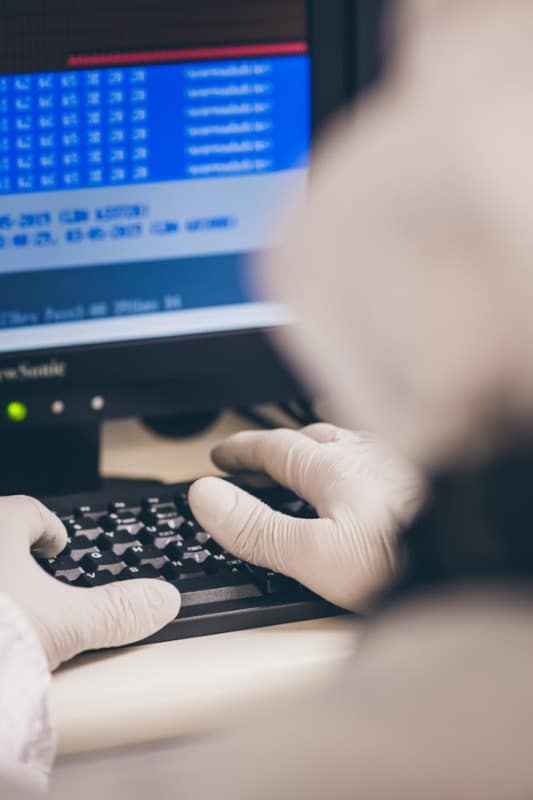

Call DriveSavers Day or Night
We will email a free overnight shipping label and then call with the results of the evaluation and the cost to recover the data. If the data is unrecoverable or you choose to decline the recovery, your cost is zero dollars.




